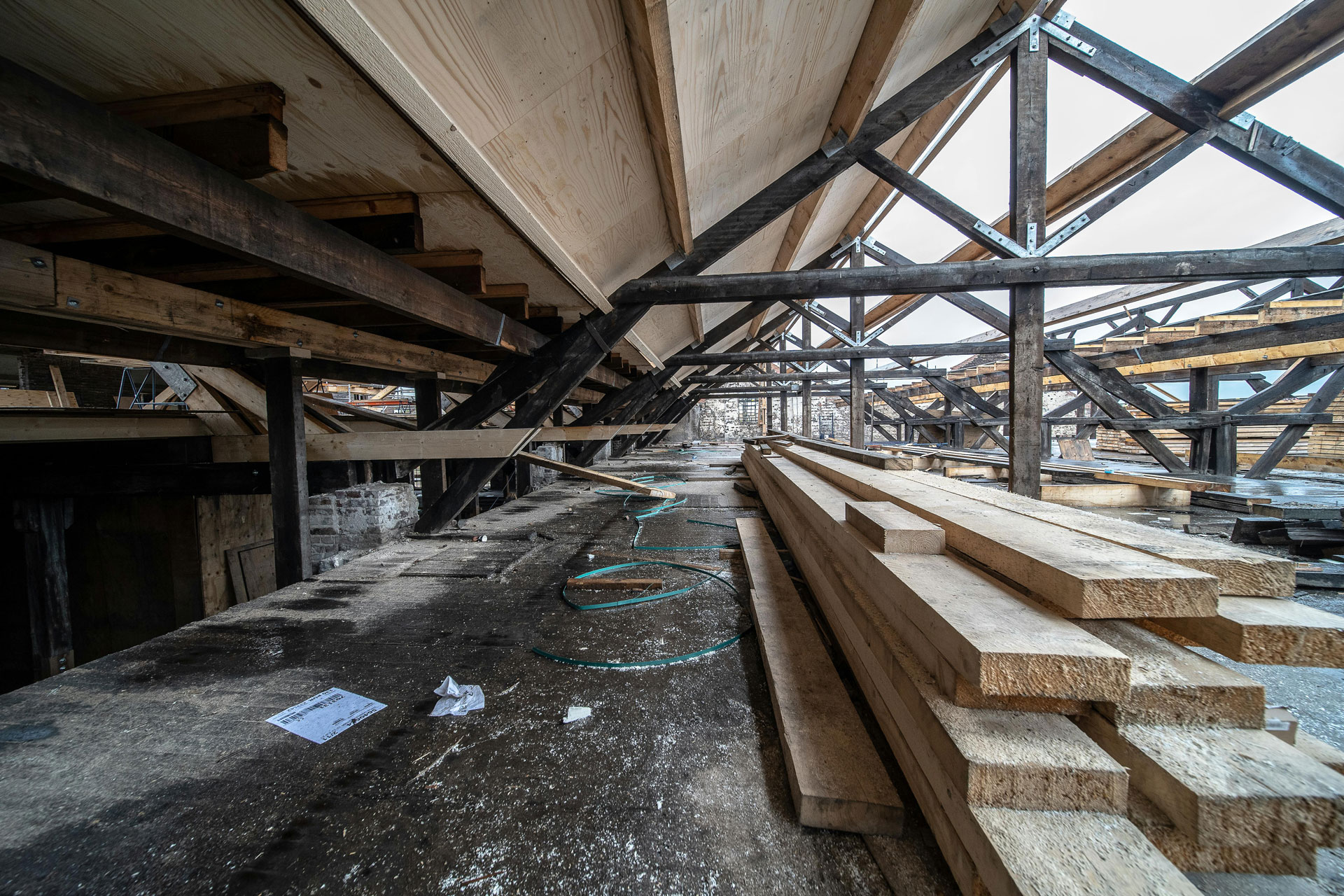If you are applying for planning permission, you may need a bat survey if your proposed development is likely to negatively affect bats or their habitats. A survey is required if bats are likely to be present based on distribution or historical records, which can be checked using the National Biodiversity Network Atlas. It is also necessary if the site contains buildings, structures, underground spaces, or trees that could serve as roosting sites. Proposals involving floodlighting near habitats commonly used by bats, or developments close to water bodies, quarries, or natural cliff faces, may also require a survey. Additionally, if the proposal is for a wind farm near a site designated for bats or close to habitats they use for commuting or foraging, a bat survey will be needed.
Is it a legal requirement to have a bat survey?
You will likely need to undertake a bat survey when there is any chance that a project or activity will interfere, disturb or disrupt a bat in its natural habitat. This is because bats are a European protected species, meaning that, by law, it is an offence to disturb, injure, kill or destroy their roosts.
Local authorities typically require a bat survey if a development proposal could have a negative impact on local bat populations. Planning approval is conditional on carrying out the survey’s recommendations.
Can I convert my loft if I have bats?
Yes, it is possible to convert your loft if you have bats in your loft space but you’ll need to follow a process:
1. Get a bat survey
A professional ecologist must conduct a bat survey during the bats’ active season, between May and September. The survey results will show how many bats are present, what species they are, and how they’re using the space.
2. Apply for a bat mitigation licence
If the proposal will affect the bats, you’ll need to apply for a bat mitigation licence. This licence will detail how you’ll mitigate for the destruction of a roost. For instance a bat box or bat loft installed could be adequate compensation if deemed so by Natural England.
3. Submit your application with your planning permission
You’ll need to submit your planning application along with your mitigation licence.
4. Consider mitigation or compensation schemes
These schemes can include:
- Changing the location or timing of the work
- Creating, restoring, or improving existing roosts
- Replacing damaged or removed roosts
- Managing and maintaining habitats
- Monitoring the roosts’ status after the development
You should seek advice early from a professional ecologist on the design and timing of your works. You should also avoid disturbing the bats yourself, as without a licence this could be a criminal offence.
Do I need a bat survey to replace my roof?
Generally yes but confirm with your local planning authority. Bats are a protected species in the UK, and it’s illegal to injure, kill or damage/disturb their habitats or roosts.
Can you sell a house with bats in the loft?
Yes of course, surprisingly many people are happy to have bats living in their loft space.
Can you build an extension if you have bats?
The same as can you convert your loft generally, if affects bats then surveys and mitigation may be needed.
How we can help
To arrange or find out if your development or home is in need of a Bat Survey, contact us here to see how we can help.
